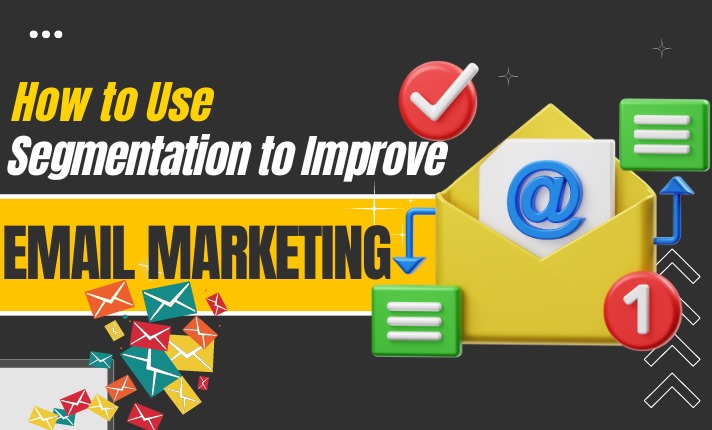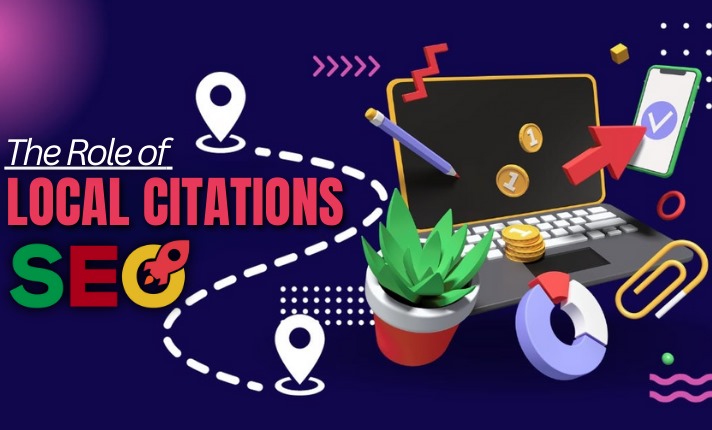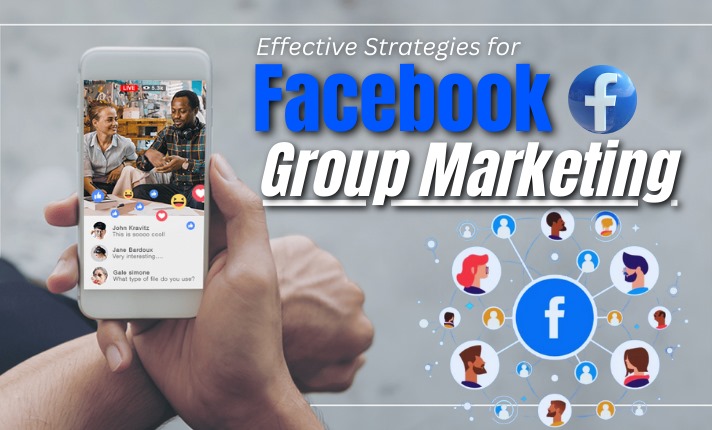
Introduction
Email segmentation is the process of dividing your email list into smaller, more targeted groups based on specific criteria. These criteria can include demographics, purchase history, engagement levels, and more. By segmenting your audience, you can create more personalized and relevant email campaigns that resonate with each group.
1. Benefits of Email Segmentation
Increased Open Rates
Segmented email campaigns tend to have higher open rates because the content is more relevant to the recipient. When subscribers receive emails that address their specific needs and interests, they are more likely to open them.
Higher Engagement
Personalized emails result in higher engagement rates. Segmentation allows you to send targeted content that resonates with your audience, leading to more clicks, shares, and conversions.
Reduced Unsubscribes
When subscribers receive content that is relevant to them, they are less likely to unsubscribe. Segmentation helps you avoid sending irrelevant emails that can lead to higher unsubscribe rates.
Improved ROI
Segmented email campaigns often yield a higher return on investment (ROI). By targeting specific groups with tailored content, you can drive more conversions and maximize the effectiveness of your email marketing efforts.
2. How to Segment Your Email List
Demographic Segmentation
Segment your audience based on demographic information such as age, gender, location, and occupation. This allows you to create emails that are more relevant to each demographic group.
Behavioral Segmentation
Analyze your subscribers’ behavior, such as their purchase history, website activity, and email engagement. Use this data to segment your list and send targeted emails based on their past interactions with your brand.
Psychographic Segmentation
Consider your audience’s interests, values, and lifestyle when segmenting your email list. This type of segmentation allows you to create highly personalized content that resonates with your subscribers on a deeper level.
Lifecycle Stage Segmentation
Segment your audience based on where they are in the customer journey. For example, new subscribers may receive a welcome series, while loyal customers might get exclusive offers and updates.
3. Best Practices for Email Segmentation
Keep Your Segments Dynamic
Your audience’s preferences and behaviors can change over time, so it’s essential to keep your segments dynamic. Regularly update your segments based on new data to ensure your emails remain relevant.
Test and Optimize
Continuously test different segmentation strategies and analyze the results. Use A/B testing to determine which segments respond best to specific types of content and adjust your approach accordingly.
Use Automation
Automation tools can help you manage and execute segmented email campaigns more efficiently. Use automation to send targeted emails based on specific triggers, such as a subscriber’s recent purchase or website visit.
Personalize Your Content
Personalization goes hand-in-hand with segmentation. Use your segments to create personalized email content that speaks directly to the needs and interests of each group. Include personalized subject lines, greetings, and product recommendations to enhance the subscriber experience.
Conclusion
Email segmentation is a powerful strategy that can significantly improve the effectiveness of your email marketing campaigns. By dividing your audience into targeted groups and sending personalized content, you can increase engagement, reduce unsubscribes, and achieve a higher ROI. Start implementing segmentation in your email marketing strategy today and watch your results soar.
If you want to explore how Digital Vibes can help elevate your social media marketing strategy and achieve your business goals, please scroll down and click on our service button to discover our range of services. We are confident you’ll see great results with our service.
Share this post :
Our Service
Get Our Social Media Marketing Service







